
Buying Contact Lenses
Find reliable information on buying contact lenses, from selecting the right type to how and where to order them online. Our helpful guides also have tips on costs and savings.

1-800 CONTACTS is a great option for ordering and exchanging lenses, but there are some drawbacks to the service.

Check out our picks for the best contact lenses for dry eyes in 2024. If you have dry eyes and wear contacts, dailies tend to be the best option.

Find out whether you can order contacts without a prescription, and the lens-related protections you have under U.S. law.
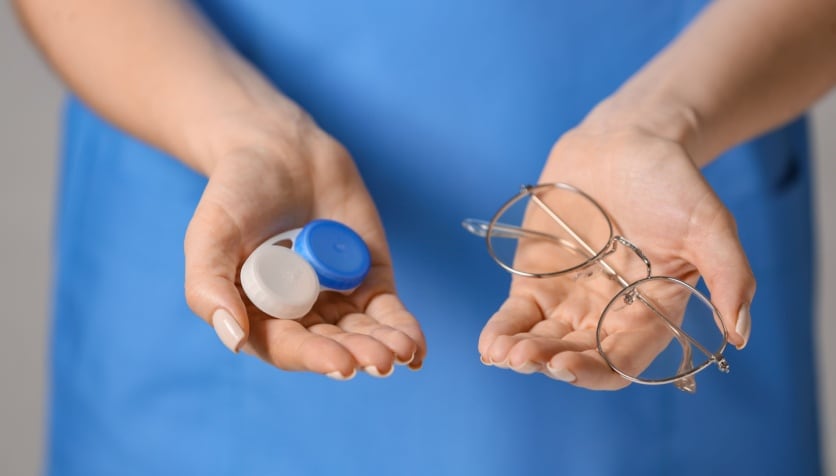
Contact lenses and eyeglasses both have distinct advantages. View our comparison table to help you decide.
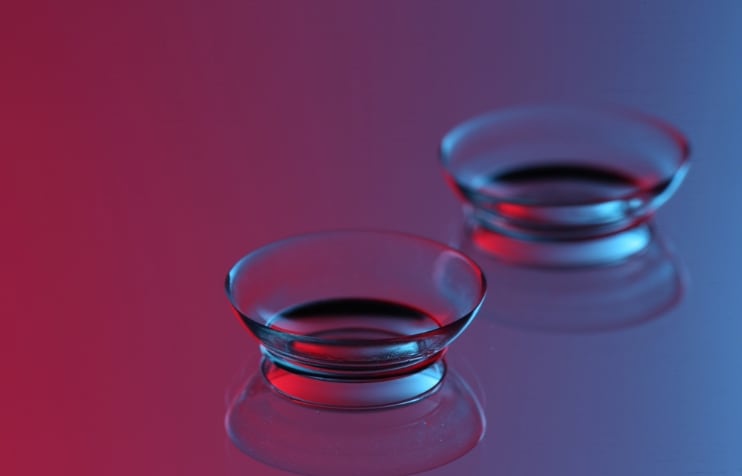
ContactsDirect is a crowd favorite for ordering contacts online. Learn about the retailer’s discounts, what vision insurance they accept and more
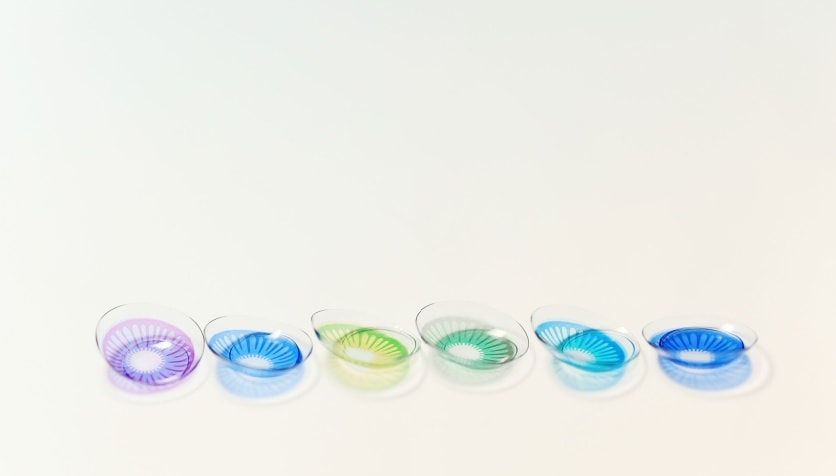
Your hair and skin color can help you decide what color contacts to get. Read how it works.
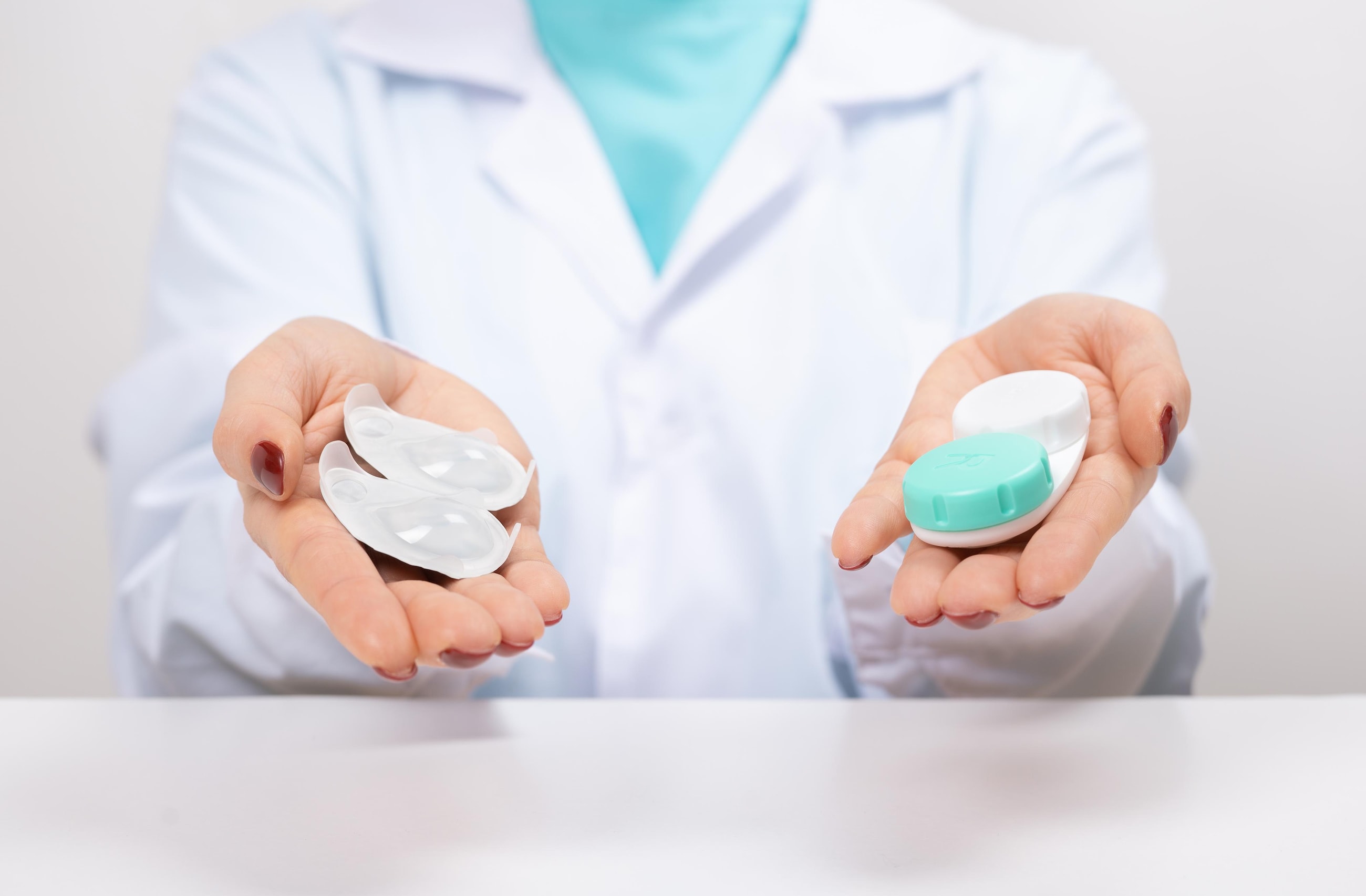
How to choose contacts that solve your vision problems and meet your lifestyle needs: a guide by an eye care expert.
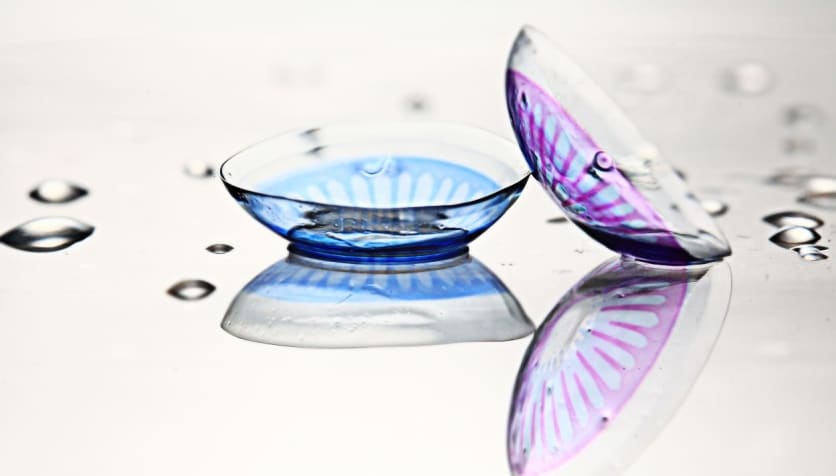
How much you should expect to pay for colored contact lenses compared with standard clear contacts (or lenses with a light handling tint).
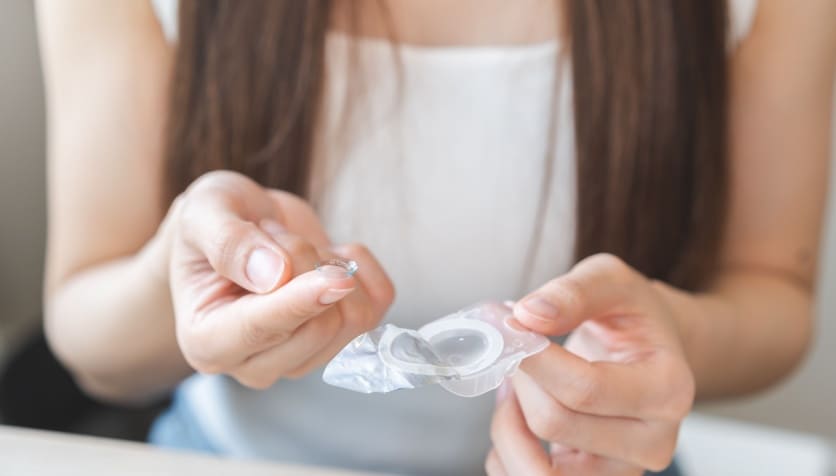
How much contacts cost depends on many factors. This guide has estimates for various types of lenses and vision problems.

How do you buy contacts online? Read All About Vision's 8 tips on how to buy contact lenses online to ensure you get the right contact lenses and save money.
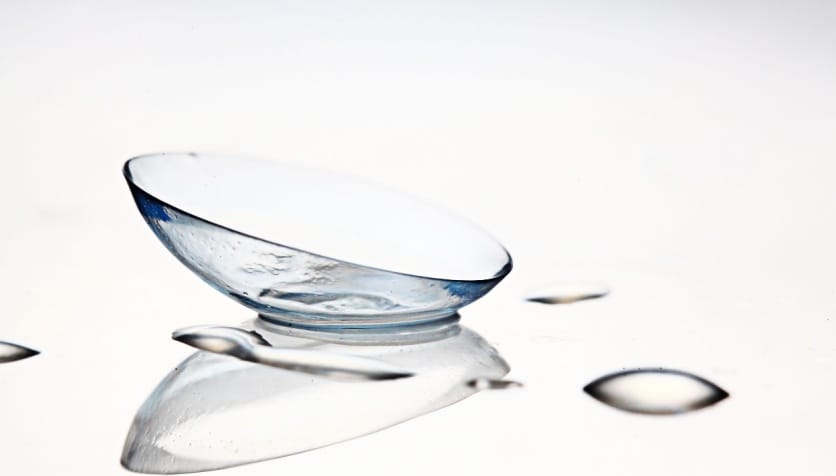
What your contact lenses are made of can make a big difference in your eye comfort and eye health. Learn more.

Get your contacts online. Order anything from prescription lenses to colored contacts online.

Find out if the best place to buy contacts is online, from your eye doctor or from a retail store. Includes downloadable guide, “10 Tips for Getting the Best Price.”
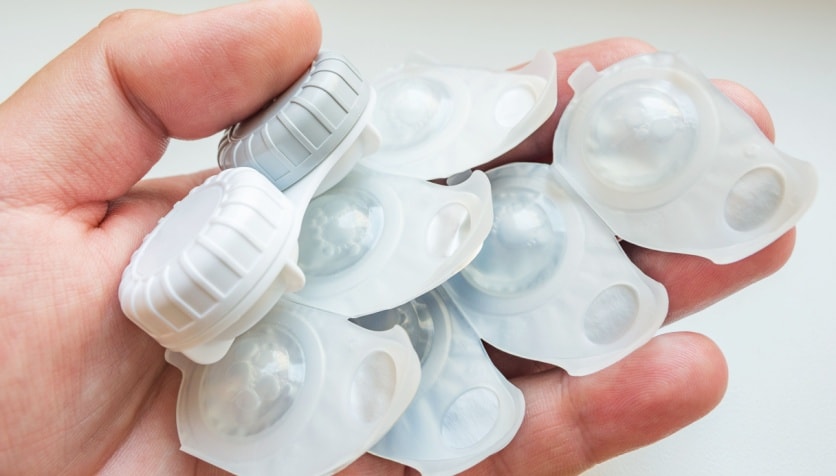
How to decide which contact lens brand is best for your vision needs, based on your lens power, astigmatism, eye dryness, more.
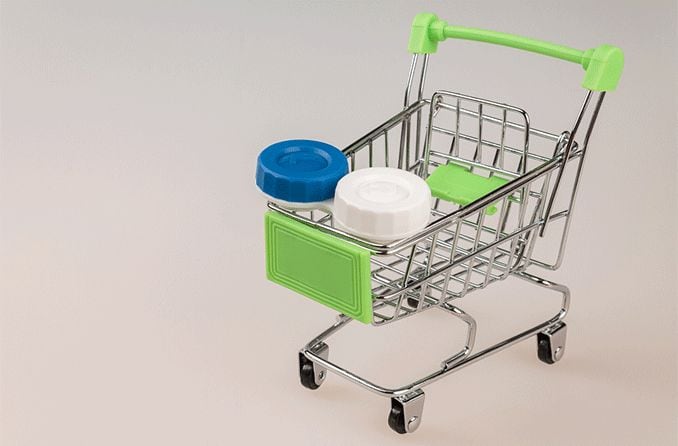
Everything you need to know before buying contact lenses — fittings, prescriptions, best places to buy and proper care.
All About Vision and AllAboutVision.com are registered trademarks of AAV Media, LLC. © 2000-2025 AAV Media, LLC. The content on this site is for informational purposes only. All About Vision does not provide medical advice, diagnosis or treatment. Contact an eye doctor if you need medical attention.